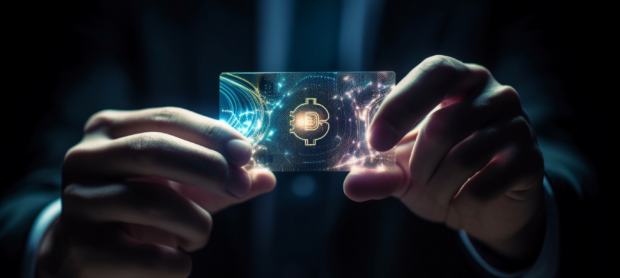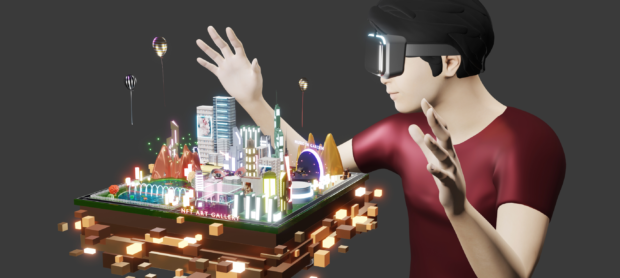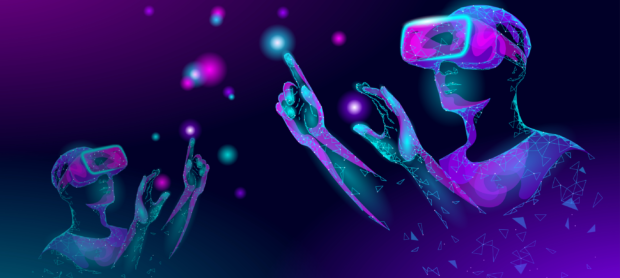In the fast-paced world of digital innovation, few areas have seen the consistent forward momentum that characterizes the realm of gaming technology. We’ve advanced from simple, two-dimensional games like “Pong” and “Space Invaders” to complex, fully realized 3D worlds shown in high resolution in the course of only a few decades. The path that led to the age of cloud gaming and digital distribution platforms was littered with several technical innovations, each of which left a lasting impression on the market and players alike.
In contrast, Mixed Reality stands out in this never-ending march of development because it has the potential to fundamentally alter not just how we play video games, but also how we engage with digital information in general. Along with Virtual Reality (VR) and Augmented Reality (AR), MR is the newest addition to the immersive technology’s family. It promises to seamlessly merge the real and virtual worlds to provide experiences that are more engaging and immersive than anything we’ve seen so far.
The popularity of mixed reality services has given game developers the chance to push the envelope of what is technically feasible and provide gamers with unmatched interactive experiences that immerse them in rich, realistic worlds. These services provide resources and distribution channels for producing and sharing MR content, promoting the development of this game-changing technology.
Mixed Reality in Gaming
Gamers now have more options for immersive and participatory gameplay thanks to the introduction of MR technology. Let’s look at a few instances of how MR is applied in the gaming sector:
Pokémon Go: Although primarily an Augmented Reality game, it’s a significant example of blending real and digital worlds. Players can catch virtual Pokémon in their real-world locations, demonstrating how digital elements can enhance the real-world environment.
Project Spark: This game allows players to create their own MR worlds and games. Players can use a variety of tools to build objects, characters, and environments, and then bring them to life in MR.
The Climb: This game allows players to scale real-world mountains in MR. Players use their hands to grip and climb virtual rocks, and they can even look down and see the ground far below them.
Games on the Mixed Reality Portal from Microsoft: The Mixed Reality Portal features a number of MR-compatible games. For instance, in the first-person shooter game “Arizona Sunshine,” players are placed in a post-apocalyptic setting where they must defend themselves from hordes of zombies in order to survive.
The following are some methods that MR improves the gaming experience:
Bringing the Game into Real-World Settings: MR gaming allows the player’s surroundings to be integrated into the gameplay. Immersive gaming experiences can be played in your living room, a nearby park, or on city streets.
Enhancing Immersion and Interaction: MR games already have a strong emphasis on immersion and interaction. The gaming world reacts to the player’s motions, gestures, and gaze and immerses them right into the action.
Creating Unique Gameplay Mechanics: The fusion of real and digital worlds opens up new possibilities for gameplay mechanics. You can battle aliens in your backyard or solve mysteries in your living room, providing an entirely new dimension to the gaming experience.

The Development Process for Mixed Reality Game
Mixed reality game production entails overcoming particular difficulties and calls for a unique combination of resources and abilities that go beyond those used in conventional game development.
Problems and Considerations in Developing MR Games:
Designing Player Interactions: Because the environment of the game in MR goes beyond the screen, designing player interactions is more difficult. The way players interact with both digital and physical components must be taken into account by developers.
Performance optimization: MR games demand a lot of processing power since they have to overlay digital objects, track the actual environment, and react instantly to user inputs. It is difficult to optimize performance in order to deliver a smooth experience.
User Safety and Comfort: As MR games often involve physical movement, developers must consider factors such as player safety and comfort. This includes preventing motion sickness and ensuring the game
Tools and Skills Required for Developing MR Games:
Development Platforms: Tools that allow MR development, like Unity and Unreal Engine, are essential. They enable the creation and testing of MR environments by developers. For every MR game creator, familiarity with these platforms is a need.
3D Modelling and Animation: Skills in 3D modeling and animation are essential for MR since it calls for the creation of immersive 3D worlds.
Spatial Awareness and Mapping: To effectively overlay digital objects onto the actual environment, MR developers require a solid grasp of spatial mapping.
Understanding Human-Computer Interaction: Since MR makes the distinction between users and the digital world more hazy, it is essential to have a thorough understanding of how people engage with digital interfaces.
Potential Impacts of Mixed Reality on the Future of Gaming
A previously unheard-of level of immersion and involvement is now possible because of the introduction of mixed reality. But how precisely will MR influence the gaming sector’s future?
The development of genuinely ubiquitous games, or games that can be played anywhere, at any time, employing the environment around us as a dynamic, responsive gaming environment, is one possible use for MR in the gaming industry. Imagine a role-playing game where your town’s landmarks are transformed into towering forts or enigmatic ruins, or a learning game where a trip to the grocery store is transformed into a nutritious treasure hunt. With MR, the commonplace may become spectacular by projecting digital components onto the physical environment, turning the entire world into a playroom.
The impact of MR on player interaction and game design may be significant. As gaming moves outside the screen and into the real world, the distinction between the player and the game may become hazy. This more level playing field will need the game design to adapt, which will result in new mechanisms, difficulties, and methods for people to interact with games.
Furthermore, MR could significantly impact gaming industry trends. As demand for mixed reality experiences grows, there will likely be a surge in the need for mixed reality development services, leading to new job opportunities, new areas of expertise, and new paths of education and training. The shift towards MR could also drive hardware development, leading to more advanced, more capable, and more accessible MR hardware.


Final Thoughts
As we’ve seen, MR has the ability to completely transform the gaming sector. MR delivers an unprecedented degree of immersion and interactivity by fusing the real and digital worlds, creating one-of-a-kind gaming experiences that go beyond our screens. With each advancement in MR technology, we get a little bit closer to living in a future where games permeate everything around us and elevate the ordinary into the spectacular.
We are on the verge of a new gaming age in light of these amazing advancements. The potential of MR gaming is tantalizingly close, providing a look into a day when the real and virtual worlds will completely converge to produce immersive, interactive, and wholly captivating gaming experiences.
Ready to take the next step into the future of gaming? With a highly qualified professional team, Eventyr is here to help bring your MR gaming idea to life. Working under your control, our team can assist in turning your vision into a reality. Don’t just dream about the future of gaming – be part of creating it. For more information about how we can help you realize your MR gaming project, don’t hesitate to contact us. Let’s step together into the future of gaming.




